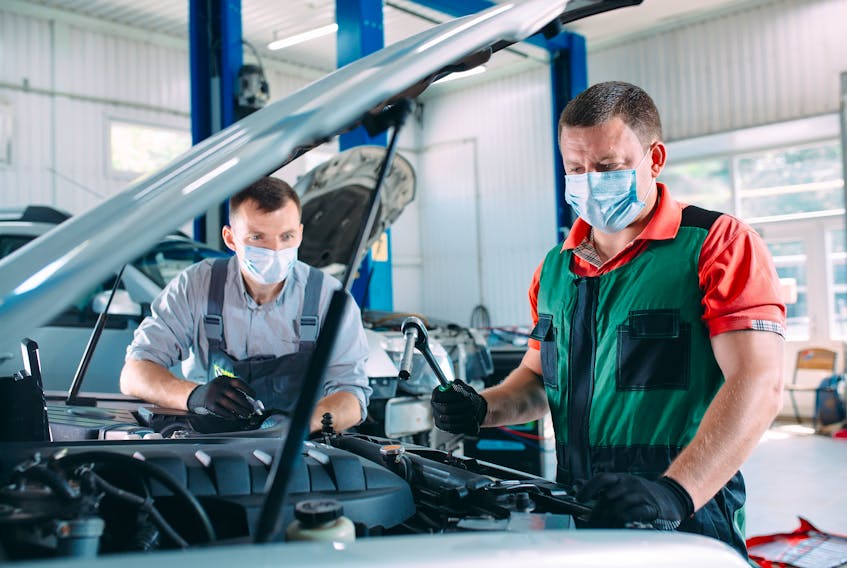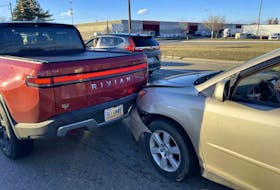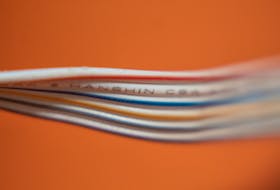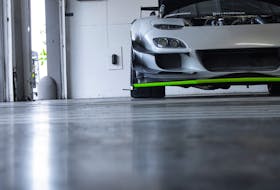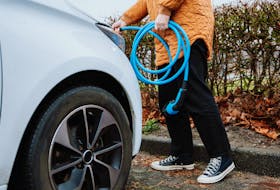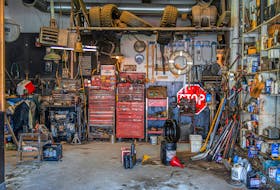By Brian Turner
For most of us across the country, getting our vehicles serviced and maintained hasn’t been much of a hassle, or even a departure from the norm, during the pandemic.
Pretty much every facility, from larger dealership departments to small independent shops, has been able to easily comply with public health recommendations and orders when it comes to protecting its staff and customers.
Waiting rooms may have seen a decrease in capacity, surface disinfectant treatments have become commonplace, and everyone’s wearing a mask, but autos get repaired as usual. Some might argue there have even been improvements, as many facilities moved to offer pick-up and drop-off service or improved their websites to make remote bookings easier. And reduced traffic, both on the roads and in these service shops, has increased the competitiveness of many operators, sometimes leading to lower prices.
Barring a few product supply chain disruptions caused by last year’s various plant shutdowns, it would be hard to see any difference in the auto repair industry today versus pre-pandemic — with one major exception.
Pilot and Co-Pilot
While it’s not a normal part of regular vehicle servicing, taking a road-test with your tech is a valuable tool in getting to the bottom of concerns that often have very subjective symptoms. Think things like noises, vibrations, engine or transmission operating characteristics, and the like.
Usually, this action is taken when a repair has failed to alleviate the problem a customer described to the counter staff. But sharing the interior of your ride with someone not in your bubble is highly discouraged by health officials today. So, when the need arises, what are the alternatives?
Logging In
If you’re stuck in this rut, first have a conversation with the shop operator or manager. He or she may suggest having you complete some type of incident log detailing the conditions when the issue is most noticeable, especially if the symptom is intermittent.
These include things like vehicle speed, road and weather conditions, whether or not the issue occurred during acceleration or braking, if the use of any accessories coincided with the concern, and so on. Some of these log forms will also have helpful tips on how to describe a situation, so you and your service staff are on the same page.
Fix that Rattle
If you’re dealing with a noise, especially a rattle, make sure you remove any loose items stored in the vehicle before you take it into the shop. This may seem like stating the obvious, but you’d be surprised at how many techs spend hours chasing down a noise, only to find it was an empty pop can under the seat, or a collection of plastic toys in a door pocket, or some hockey gear in the trunk. For drivers, the best repair visit is a repair visit that doesn’t need to happen.

